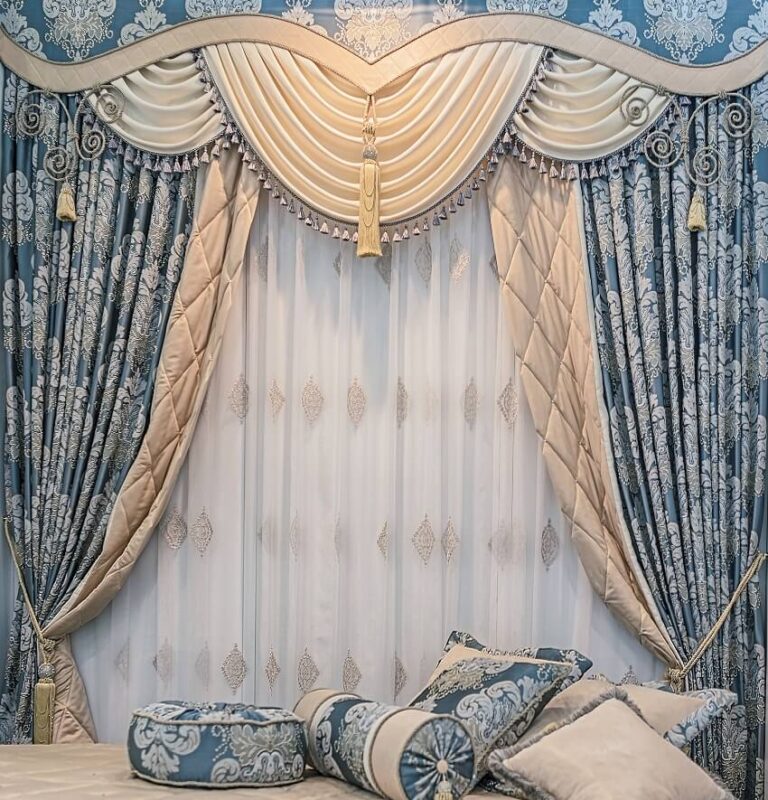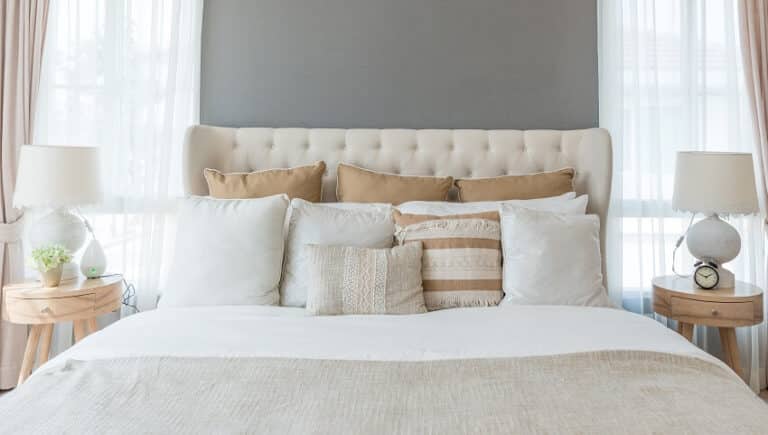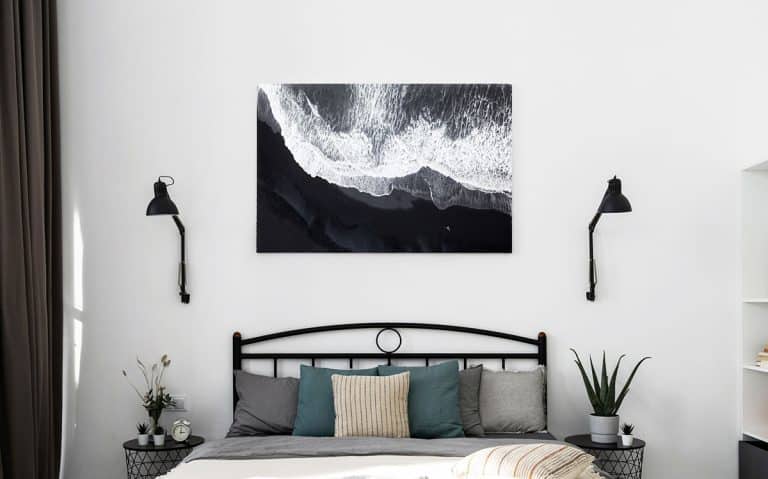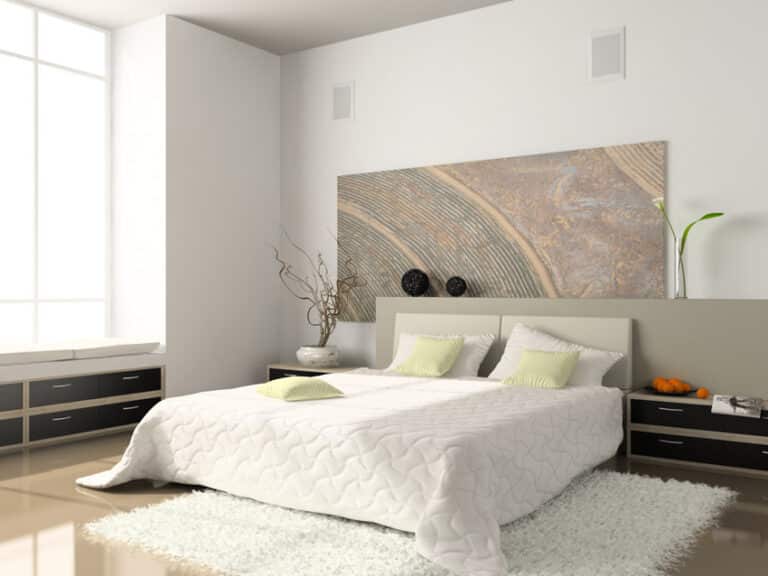Bamboo vs Cotton Sheets (Types & Differences)
Here we compare the differences of bamboo vs cotton sheets including their types, durability, softness, renew-ability and cost.
Both bamboo sheets and cotton sheets can be quite comfortable for a great nights sleep. But how exactly do they stack up against each other? Before we answer that, lets look at the most common materials used for both types of sheets to help you select the best ones for your home. [toc]
Types of Bamboo
There are two products currently on the market that use bamboo fibers to make bedsheets. The first is made by dissolving and reconstituting the bamboo plant.
The bamboo is spun into fibers which are used to weave most of the bedsheets you see on the shelf at the store.
The second, called ‘bast bamboo’ uses a different process to harvest fibers from the center layer of the plant, and produces a fabric more similar to linen than cotton.
For the purposes of this article, we’ll be comparing cotton sheets to non-bast bamboo.
Types of Cotton
Cotton is a shrub-like, flowering plant, from the same family of plants that gives us okra, hibiscus, and hollyhock. It produces a seed surrounded by light, soft, fluffy fibers.
Cotton seeds are dispersed by wind, and the fluffy bolls of cotton exist to provide lift and protection during flight.
For all of recorded history, people have been interrupting this process by harvesting the cotton bolls, spinning the fibers into thread and weaving them into a fabric that shares the same name as the plant — cotton. Cotton is used to make clothing, coffee filters, towels, and of course, bedsheets.
Egyptian Cotton
There are a number of things that make Egyptian cotton so special. First, the plant grown in Egypt naturally produces longer fibers than other types of cotton plants in the same family.
Second, the climate in Egypt is hot and dry, which aids in fiber production, creating what are called ‘extra-long staple’ cotton fibers.
These fibers are then harvested from the plant by hand, which preserves their length. The resulting cotton yarn is thin, soft, and incredibly strong.
When woven into bedsheets, Egyptian cotton creates a silky, long-lasting fabric that feels like sleeping on a cloud.
Pima Cotton
Only cotton produced and harvested in Egypt can be labeled ‘Egyptian cotton’. However, the same plant is grown in other parts of the world, and the fibers grow to a similar length.
This sister to Egyptian cotton is called ‘Pima’, and is generally more affordable. It might not be quite as soft as Egyptian cotton, because it is often harvested mechanically which leads to breakage and shorter fibers, but it will still be soft, lustrous, and resistant to damage.
Upland Cotton
Most cotton sheets are produced using Upland cotton. Harvested by machine from a plant in the same family as Egyptian or Pima cotton, Upland cotton naturally produces shorter fibers.
These fibers produce yarn that is thicker and less even, leading to the somewhat rough texture of brand new cotton sheets. However, everytime you wash this kind of cotton, it gets softer.
Acala Cotton
Upland cotton produced in a specific area of California may be sold as Acala cotton. The climate in San Joaquin Valley allows Upland cotton plants to grow longer fibers.
Think of Acala as bridging the gap between regular cotton sheets and a premium fabric like Egyptian or Pima cotton.
Bamboo vs Cotton Sheets Pros & Cons
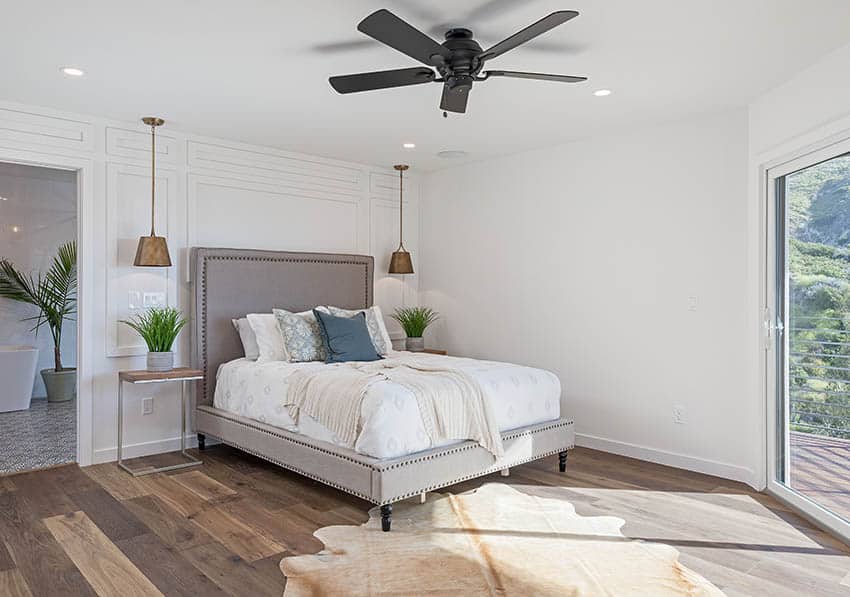 Here we break down the pros and cons of both types of sheets so you can find the best one for you.
Here we break down the pros and cons of both types of sheets so you can find the best one for you.
Softness
Bamboo fibers are naturally finer than cotton fibers. Since fine fibers produce soft fabrics, bamboo has the edge over cotton when it comes to softness.
However, cotton sheets become softer with every wash, while bamboo sheets maintain the same level of softness throughout their usable life.
Durability
Bamboo fiber is very strong, and sheets made from this fiber are resistant to pilling and tearing. Cotton fiber sheets are prone to pilling and are not as durable. Bamboo sheets can be expected to last almost twice as long as regular cotton sheets.
Breathability
The breathability of a set of sheets has more to do with the weave of the fabric than the material itself. Percale weave sheets of any material will be more breathable than sateen weave sheets of the same material.
For pure breathability, cotton and bamboo are tied. However, bamboo also has moisture-wicking properties that can keep you cooler overnight, while cotton sheets will retain more heat.
Eco-friendliness
There is no appreciable difference in the ecological impact of producing cotton sheets when compared to non-bast bamboo sheets.
It is true that bamboo grows quickly and is a renewable resource, and that it does not require pesticidal treatments while growing.
However, the process used to turn harvested cotton into weavable fibers uses harsh chemicals and produces a lot of waste, wiping out its claim to eco-friendliness.
Cotton is also renewable, but can strip land of nutrients and requires the use of antibiotics and pesticides to grow in large quantities.
Bamboo vs Cotton Sheets Cost
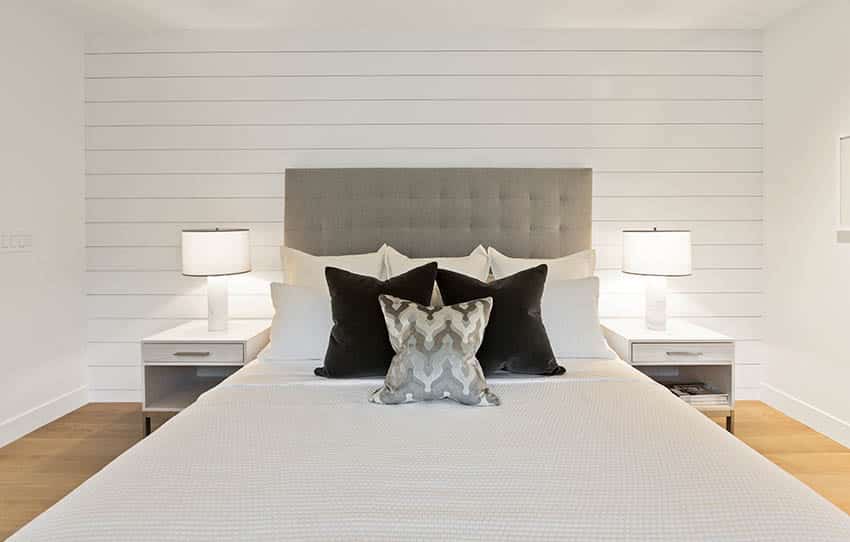
Egyptian or Pima cotton bedsheets start around $100, and can climb above $500. Bamboo sheets can be found for $50, with higher-quality versions costing as much as $300.
Bamboo Sheets vs Egyptian Cotton
Here we look at bamboo sheets and how they compare to Egyptian cotton sheets.
Softness
Bamboo sheets and Egyption cotton sheets will both feel soft from the first time you take them out of the package and make your bed.
Bamboo fiber tends to have a silkier feel, without the slipperiness of silk, and will maintain the same level of silky softness throughout their lifespan.
Egyptian cotton sheets start out very soft, and become even softer with every wash as the fibers become more flexible.
Durability
When it comes to durability, bamboo sheets have the edge over even Egyptian cotton. Bamboo fibers are incredibly resilient and will hold their shape and structure, looking like new for many years.
Bamboo fibers trap dyes, so the color and pattern will stay vibrant even after many uses. Cotton sheets, including Egyptian cotton, fade and break down over time. While this makes them softer and cozier, they are ultimately less durable.
Breathability
As discussed above, breathability mostly comes down to the way the fibers are woven together, rather than the fibers themselves.
Both bamboo and egyptian cotton can be used to create percale or sateen weave fabric. Percale is more breathable, sateen is softer.
Either fiber can also be woven in a twill pattern, but this is more common for clothing than for bedsheets because of its ribbed structure.
Eco-friendliness
All cotton requires the use of pesticides and other chemicals during the grow process. Egyptian cotton has an extra impact on the environment, because of where it is grown.
The hot, dry climate of the Nile valley produces extra-long cotton fibers, but the irrigation requirements are significant. Transporting and using the amount of water required to grow Egyptian cotton makes it less eco-friendly than bamboo.
Read more about the pros and cons of bamboo sheets on this page.



